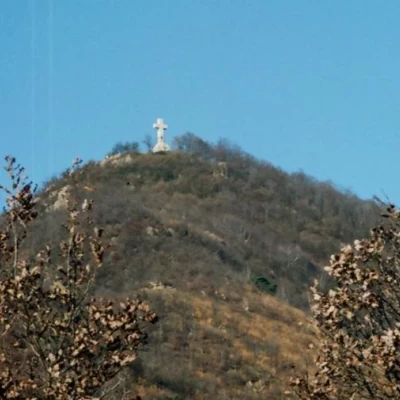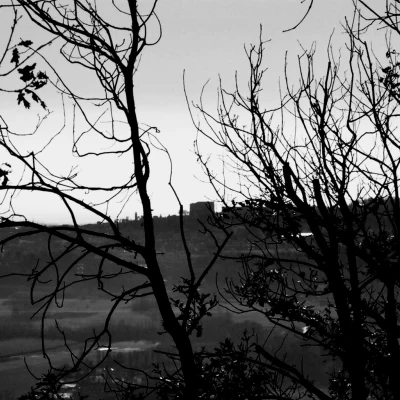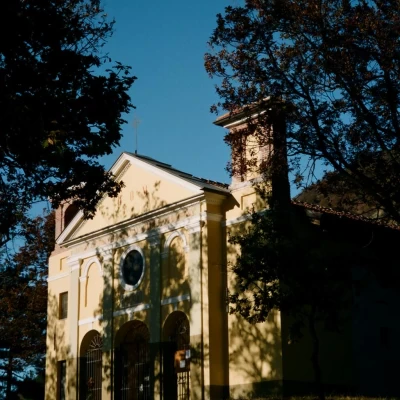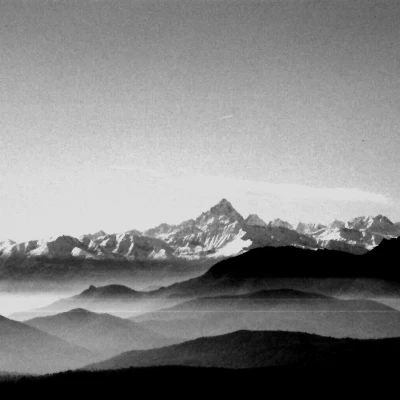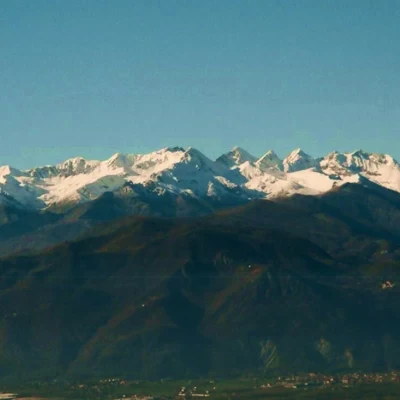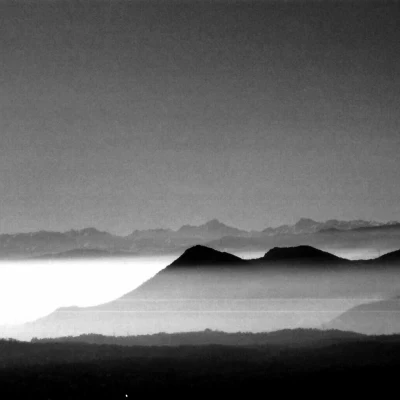Mount Musinè
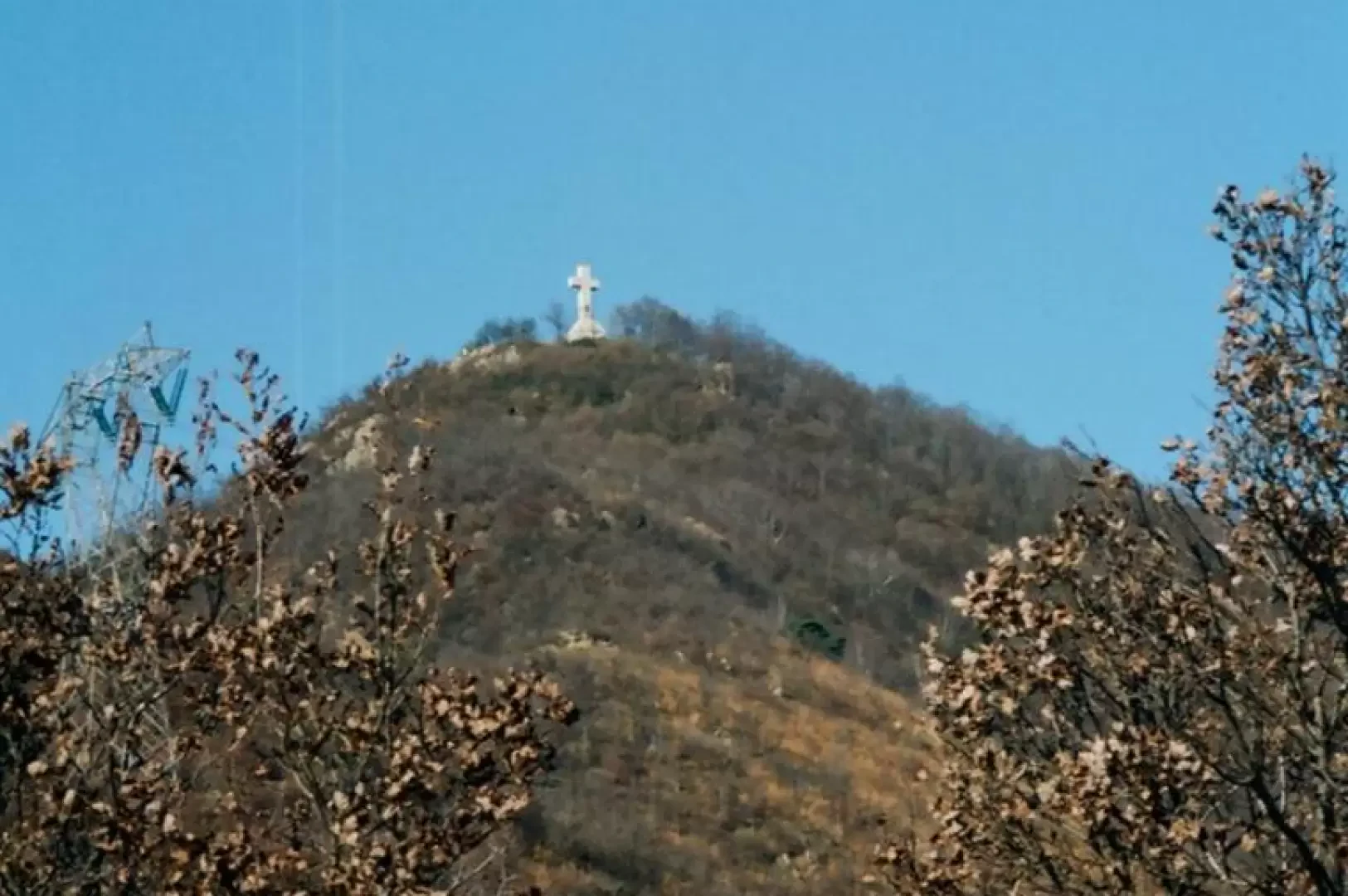
Access
From Turin, go along C.so Francia towards Collegno, then from there to Alpignano and Casellette, where you take the road towards the centre of the town, then follow the signs for Monte Musinè.
Introduction
Mount Musinè is the first significant mountain to be encountered west of Turin, at the entrance to the Susa Valley, and rises abruptly from the plain to its 1150 metre summit, where an imposing white concrete cross stands.
Description
Parking the car near the sports field, we immediately take the wide cobbled path that, with a few hairpin bends punctuated by the pillars of the Via Crucis, climbs rapidly to the Santuario di Sant'Abaco: a beautiful building with a very harmonious façade in which an archivolted narthex opens, and at the sides of which two curious bell towers stand out; inside there is a valuable altarpiece made by G. Maso in 1713.
From the forecourt of the small sanctuary the view over the Turin and Canavese plains begins to be interesting.
The path immediately climbs steeply behind the building and ascends following the line of the ridge with a maze of possible open passages in the sparse and low vegetation typical of xeric terrain; the advice is to follow the track with a less accentuated slope, thus avoiding decidedly uncomfortable stretches made steep by the flow of rainwater.
The gradient remains significant throughout the ascent, interspersed only by three short plateaus, and although the large white cross on the summit always seems within reach, the entire climb takes a couple of hours.
The natural environment does not offer much in the way of satisfaction, the mountain slopes are rugged and barren and the vegetation of downy oaks and small conifers sparse and stunted, but the panorama that opens up as you climb is decidedly rewarding: to the north, beyond the Canavese plain, the mountains of the Orco Valley stand out, to the east the plain with Turin and the hill behind it, to the south the outline of the moraine hill of Rivoli and then the pyramid of Monviso and the hills of the Saluzzo area, and to the west the Orsiera-Rocciavrè massif and the mountains of the upper Susa Valley.
Curiosities
The Musinè has always been shrouded in a halo of mystery and legend.
The most famous legend is that Herod, the ferocious king of Judea, was condemned to atone for his crimes by flying over the mountain for eternity locked in a chariot of fire; this is why there are often nights when sudden flashes of light are lit up along the slopes of the Musinè.
In reality, these would be globular lightning bolts due to the very high ferrous component of the rocks that make up the mountain; in fact, climbing up its slopes, it is easy to notice the red-brown colour of the rocks and the earth, and even more so the emerging rocks that often show a very rough surface due to microgranules of magnetite outcropping.
In fact, the large quantity of iron ore causes magnetic anomalies that can prevent compasses from working properly.
Remains of settlements dating back to the Bronze and Iron Ages have been found around the Musinè, as well as the ruins of two interesting Roman villas, and a further legend has it that a battle took place at the foot of the mountain, in which the Emperor Constantine, after seeing the famous luminous cross in the sky with the inscription "in hoc signo vinces" defeated the army of Maxentius.
